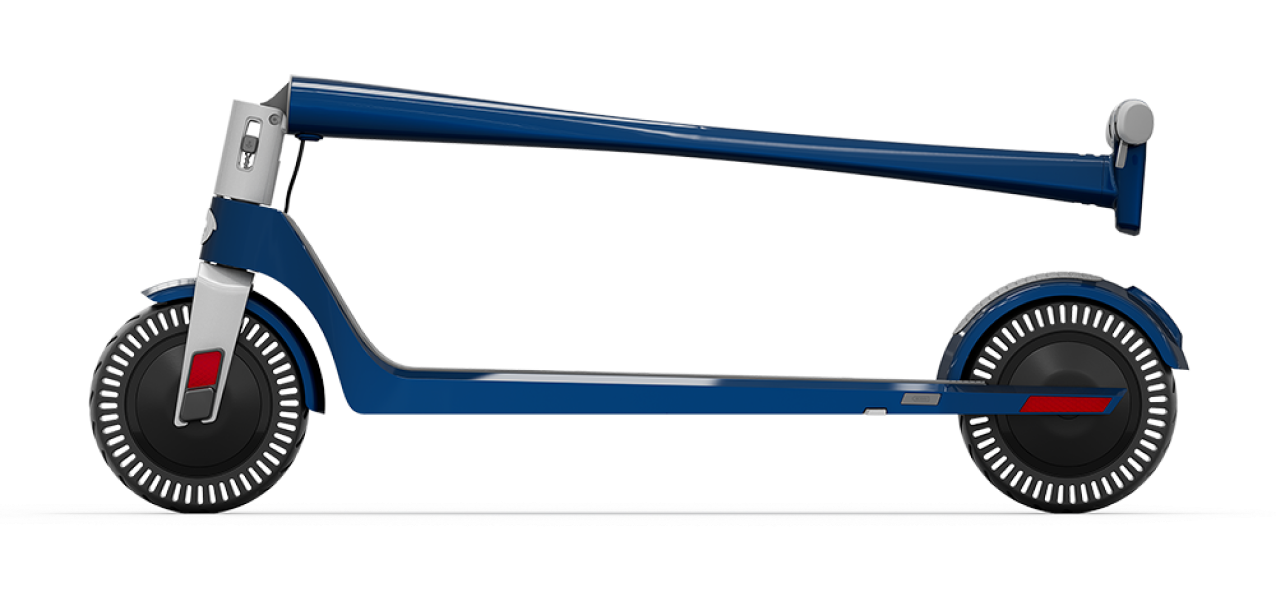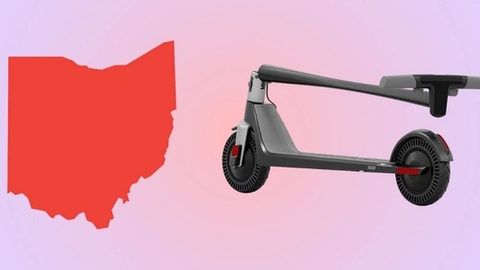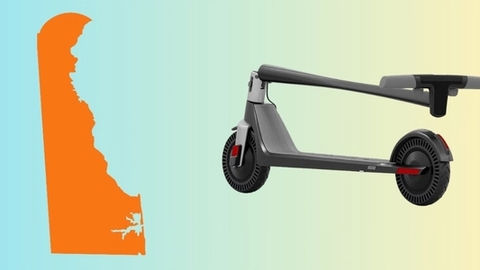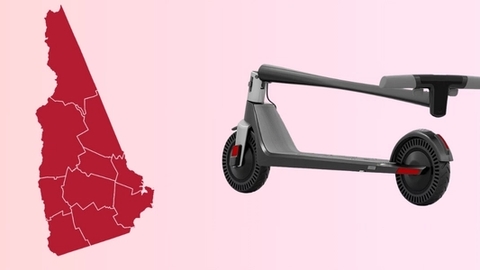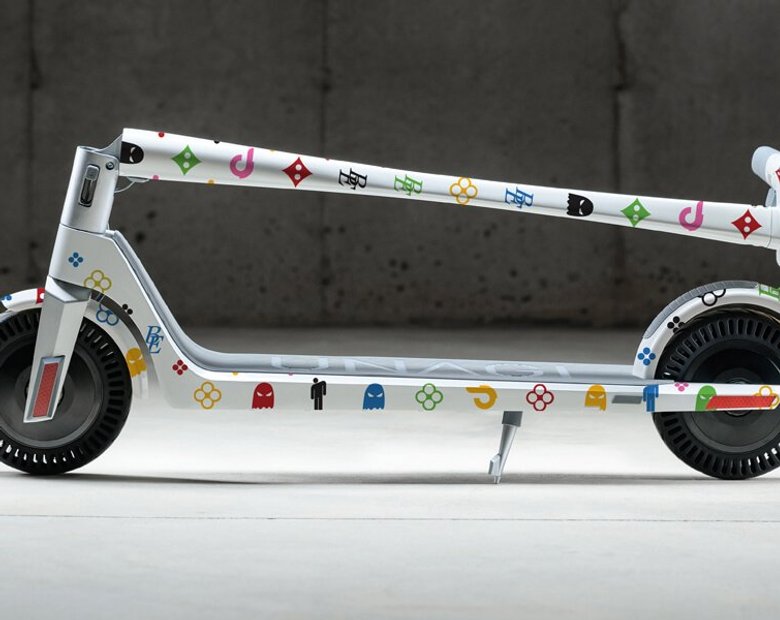Micromobility is here to stay, and it’s changing how we experience urban life for the better. With Unagi’s membership program, you can enjoy all the benefits of a top-tier electric scooter without the sky-high price of ownership or the inconvenience of ride-sharing.

Little Tokyo
Los Angeles is not the best representation of European cross-continental culture. The French, Italians, Russians, and most of the great Western and Eastern European migrant groups of the 19th and 20th centuries set up footholds in New York, where their cultural imports helped to weave a culinary, sartorial, and architectural tableau that has come to guide and define the city’s predilection towards diversity. Roaming the vast, often pretty, often bleak boulevards and avenues of the West Coast’s entertainment jewel, Angelenos would be hard pressed to stumble upon an internationally ranked brasserie or chic trattoria. But what Los Angeles lacks in European influence, it compensates for – in no small measure – in cultural elements that might be found in but in no way define the Empire State.
Korean, Mexican, and Japanese cuisines dominate the highlights of LA’s gastronomic landscape. Every neighborhood stretching from Downtown to Palos Verdes boasts, at minimum, a handful of reliable Mexican restaurants, with more than a few (Petty Cash, Madeo, Gracias Madre) cutting above the fray with inventive plays on traditional dishes. Korea Town is comprised of the largest population of Korean nationals and descendants outside of the Korean Peninsula and is replete with exceptional KBBQ joints and Karaoke bars. Little Tokyo, however - and for reasons unbeknownst to this team of electric scooter riders at the time of publication – flies slightly under the scenester radar as one of Los Angeless greatest cultural hotspots.

Yes, you’re right. Our company is named Unagi, and we do love sushi, but ingrained affinities towards Japanese cooking aside, it must be noted that Little Tokyo is a local gem. With a history stretching back to the early 1900s, Little Tokyo has earned a legacy as one of America’s three significant Japanese communities (the others found in San Francisco and San Jose). By 1940, a small neighborhood comprised of 3500 residents only a few decades prior had expanded into a commercial hub inhabited by 30,000 Japanese Americans, many of whom thrived in the vibrant Southern Californian vegetable growing market.
Internment following American involvement in the Second World War cleared out the bustling neighborhood, which saw a cultural shift as a new residence for some of Los Angele’s African American, Latino, and Native American citizens. The geography, redubbed “Bronzeville” as a nod to its wartime inhabitants, changed shape once more in the 1950s as past Japanese residents moved back to the area, and again in the 1970s as large Japanese corporations set up shop in Los Angeles, with Little Tokyo as a landing pad. Subsequent decades have witnessed artist communities paint Little Tokyo with their own palettes, and, in more recent times, fashion designers and restaurateurs have added embellishments to the neighborhood’s traditional aesthetic. In 2019, Little Tokyo doesn’t house as many Japanese Americans as it did in the middle of the 20th century, but it is home to a wide variety of Japanese restaurants, clothing stores, and anime/manga influenced shops that make navigating the community a joy on an Unagi.


Begin your expedition a few blocks outside of the district’s confines, on Olive Street, and whip by The Broad and Museum of Contemporary Art on the unbelievably smooth streets that lead into Little Tokyo’s inner sanctum. Hit First Street, take a right with some flair, and – if you have a bit of cash in your pocket - cruise down to Sushi Enya. The venerable, no frills sushi joint isn’t much in the realm of eye candy, but its quality is undeniable. If you’re looking for an experience, sit down for the omakase and let Enya’s chefs transport you to an inventive land of toppings that create flavors you might not expect to find in contemporary nigiri preparations. If fourteen or so pieces sounds on the heavy side, you can go for the lunch special, or, alternatively, order every type and style of tuna on the menu - maguro, chu-toro, o-toro, chopped toro, don’t stop, it’s all absurdly delicious.
If you are in the mood for sushi, but you’re not looking to pay top omakase prices, cut through the eclectic Japanese Village Plaza and emerge on the other side to the bar at Sushi Hama. The pieces aren’t as unusual as what you’ll find at Enya, but you’ll get exceptional quality at far more moderate prices. Having cruised down 1st, across the plaza, and onto 2nd Street, you’ll no doubt have passed a few spots that caught your eye. On the route, your ramen belly might have started to rumble, in which case, a diversion from sushi to the noted (and Unagi favorite) Daikokuya might be in order.

A particularly interesting resident of the Plaza’s is the lauded and often packed Shabu-Shabu House. For the meat eaters out there on your electric scooters, you’ll want to carve out some time (perhaps in the early evening to give room for digestion) to take a seat at the House’s curved shabu bar. For the uninitiated, shabu-shabu is a Japanese dish that involves cooking thin slices of meat in a pot of boiling water, and, no, the process of preparing your own meat is no hindrance; if anything, it enhances the overall experience. You then dip your marbled beef in a flavorful peanut sauce and wolf it down with a bowl of rice and vegetables.
For dessert, Mikawaya, Honeymee, and Beard Papa are essential. A long time staple of the Plaza, Mikawaya creates delicious mochi ice cream with amusing flavors like chocolate sundae and s’mores, but the floured mocha surrounding the balled ice cream is the real star of the shop. Honeymee produces fresh-milk ice cream that is adorned with a large honeycomb chunk, and, if requested, drizzled with extra honey, chocolate sauce, and dressed with a bevy of other toppings and accouterments. You might have seen the fairly accessible Beard Papa in a heavily trafficked area of your city, but if you haven’t stopped in for the Paris Brest, filled with fresh vanilla cream, you’re doing yourself an injustice.

Japanese cuisine isn’t the only element of the Land of The Rising Sun that has influenced LA’s cultural landscape. Tokyo’s fashions have shaped and continue to shape the heart of the Los Angeles street-wear scene, which happens to be the heart of the city’s fashion culture. So after you’ve filled your belly with the best of the best, do a little shopping for Japanese styled apparel and accessories at Popkiller, random cute trinkets at the omnipresent Sanrio, t-shirts and jeans at street-wear staple Japangeles, and the rarest of the rare sneakers at RIF.

Although food and fashion remain the large mainstream cultural imports from Japan, a third category has made a large impact on American art and entertainment and continues to grow in importance: anime and manga. Progenitor of the Japanese superflat movement, world-knowned artist Takashi Murakami once described his country as, “the world’s first post apocalyptic society – the offspring of two atomic bombs, whose subterranean traumas force them to see the world anew, and whose vision is best expressed through the underground and censor-free media of manga and anime.”

Post war Japan was characterized by a bevy of change and new ideas, not least of which was the manga movement spearheaded by the man who would come to be known as the “God of Anime,” Osamu Tezuka. Among his great creations, Astro Boy – known as The Mighty Atom in Japan - stands as Tezuka’s best known work. Interestingly, the wide eyed, cute, or “kawaii” aesthetic attributed to many of Tezuka’s characters was heavily influenced by Walt Disney classics like Bambi. These character traits - originally an American creation - are now more closely associated with Japanese animation, which in turn have circled back to influence modern American comics and cartoons. For your requisite dose of anime inspiration, you’ll have to cap off your journey to little Tokyo with a stop in Anime Jungle. Just don’t blame us if you walk out with a $1500 Godzilla statue.
We hope you get to explore not only Little Tokyo, but countless other under-the-radar neighborhoods on your Unagi. To share your neighborhood explorations, email delon@unagiscooters.com; you might even make it into our newsletter.
Kanpai!

Stay current with the latest U.S. electric scooter laws in our 2025 guide. Updated annually since our first comprehensive guide, ensuring you have the most recent state and city regulations to ride responsibly”
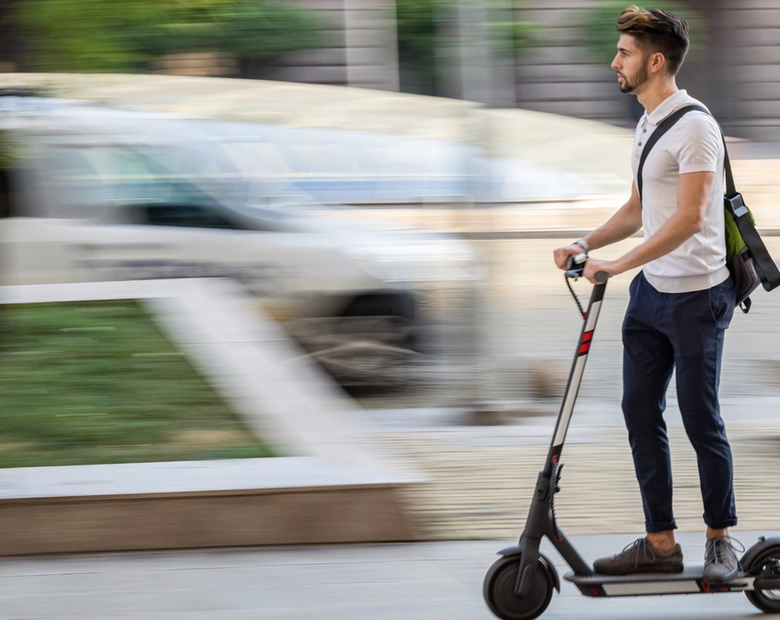
The Slack Core 920R is currently the fastest electric scooter in 2025 that you can purchase without the need for pre-order.
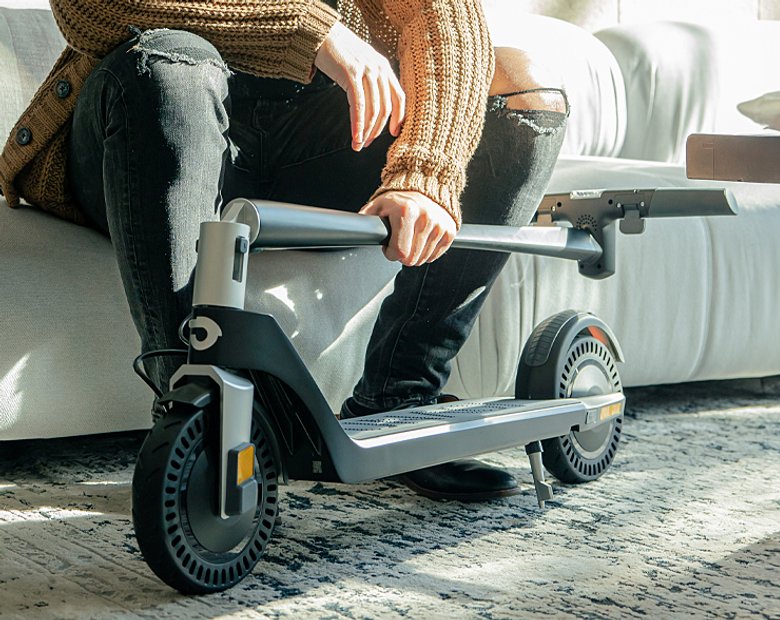
Our selection of the best electric scooters 2025 spans the fastest e-scooters to the most portable ones, the ones designed for city riding and off-road, the best scooters for rain, budget electric scooters for students, and more powerful ones for skilled riders.
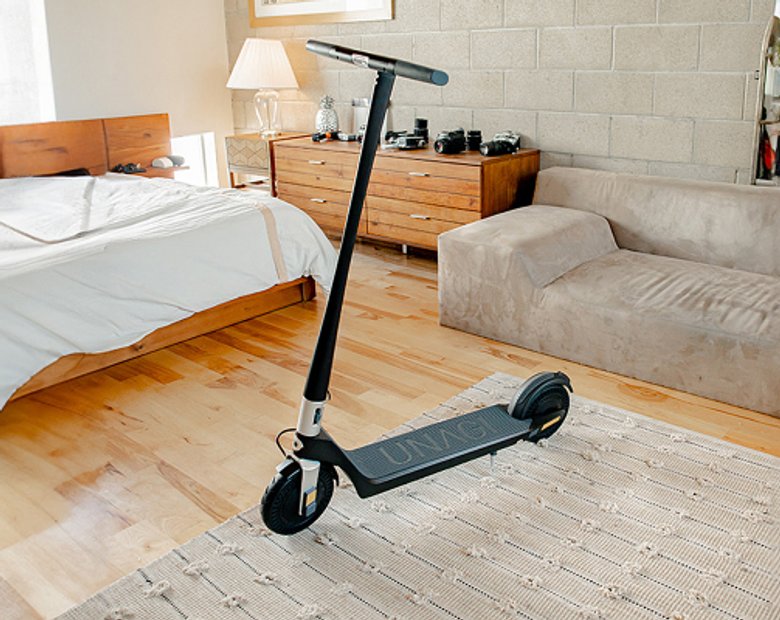
The Unagi Voyager is the best lightweight electric scooter for adults and teenagers. It is the ultraportable sequel to its predecessor, the Unagi Model One Classic.

If you're wondering whether an electric scooter with a seat is right for you, this is a detailed article that would suit your need.
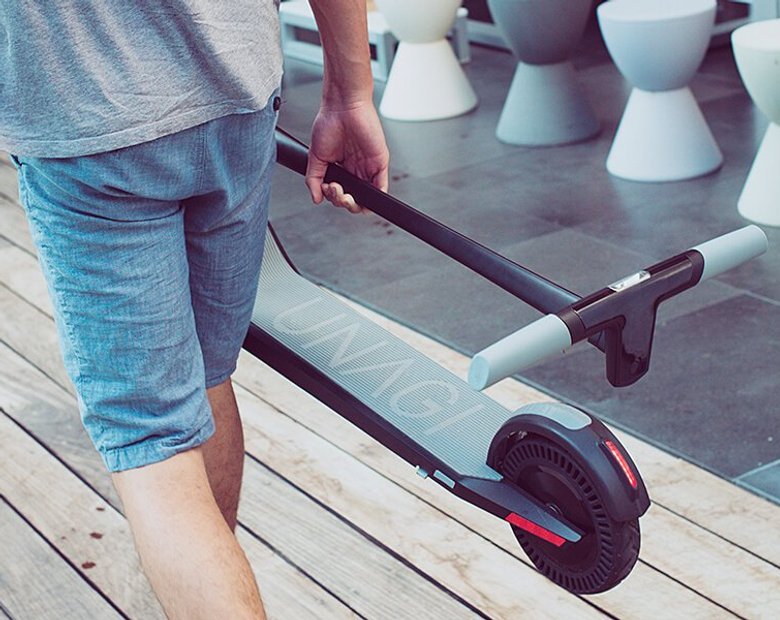
Understand which personal electric vehicle is best, the choice between an electric bike or electric scooter might already be made for you by some critical factors, including portability and storage capacity.
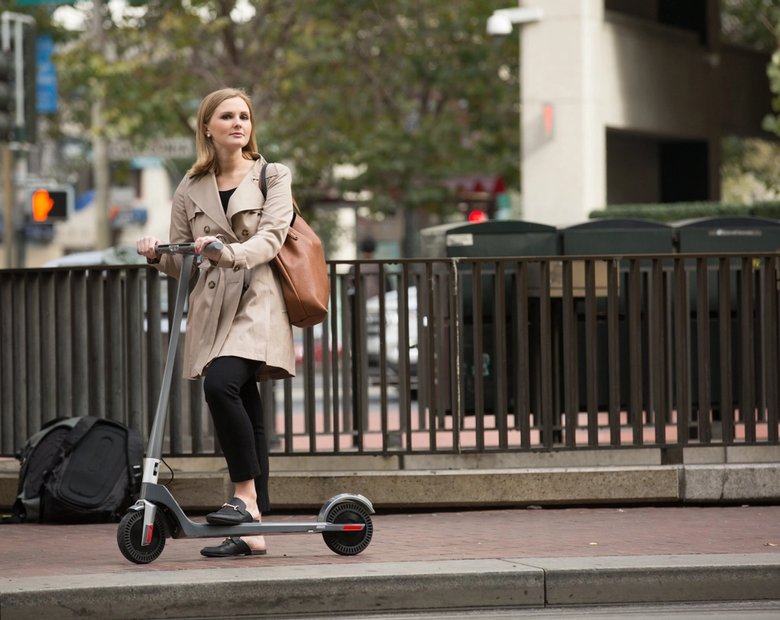
In the U.S., most states don't require a license. For those that do, they usually just ask for a regular driver's license or a learner's permit.
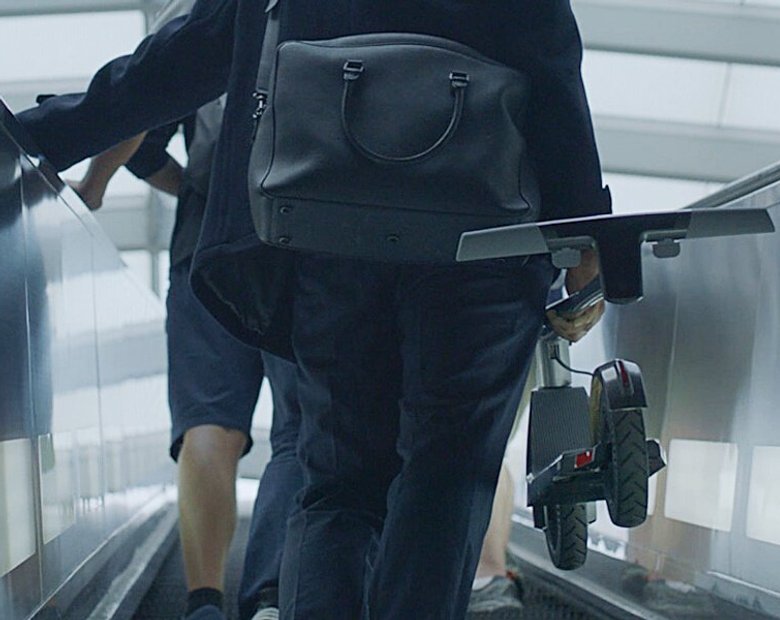
Yes, you can bring an electric scooter on a plane, but it needs to have a lithium battery smaller than 100 watt-hours, which most don't.

Manufacturers advise against riding electric scooters in the rain. The main reasons are: water can fry the electronics, make the ride dangerous, and void your warranty.

The basis and the premise of my work is that we either operate out of love or we operate out of fear...Time is currency. The coolest thing about the scooters is that it's really quick, and it goes uphill. From there, traveling more efficiently and having a good time doing it--I think that's the most important thing.
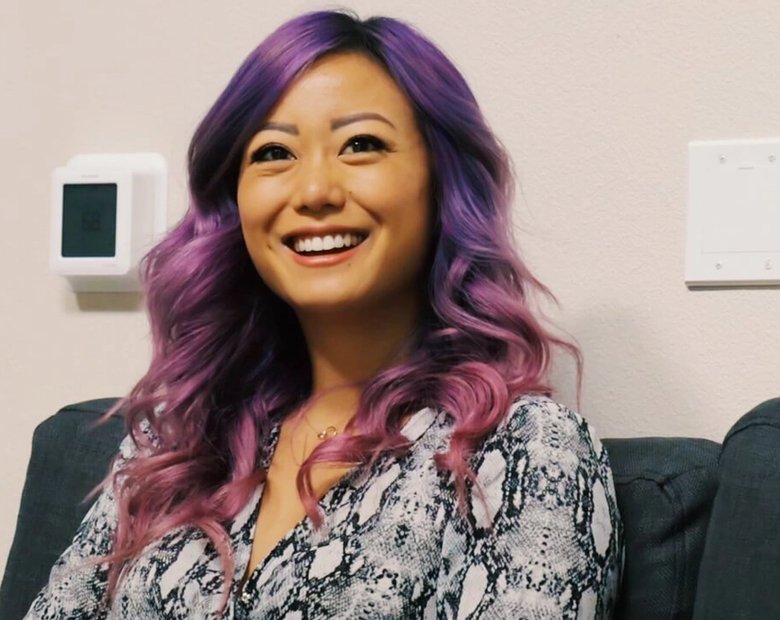
Cynthia Leu has a full plate. A tech worker by day, Cynthia spends her off time balancing the parallel lives of a powerlifter, entrepreneur, mental health advocate, and more. Riding Unagi helps this USMC veteran cut down on everyday…
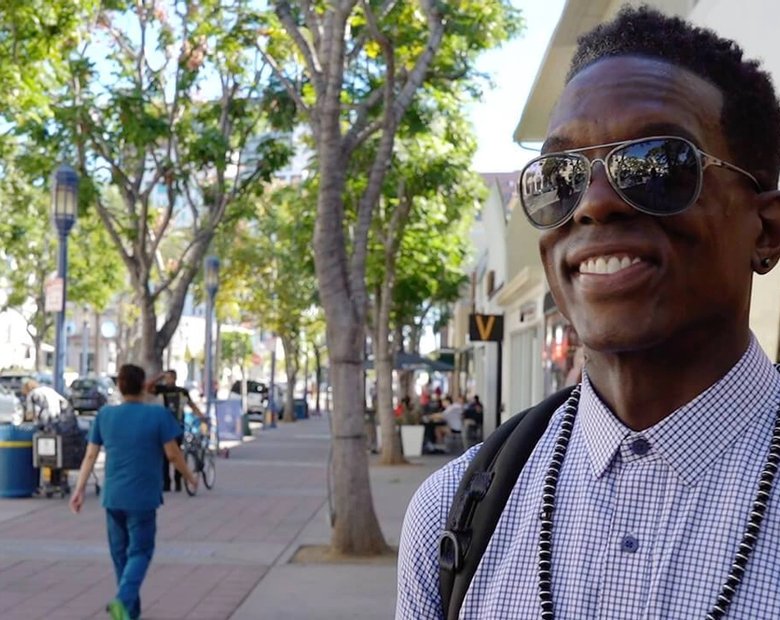
https://www.youtube.com/watch?v=7m2hVBE62LY Rasheed Muhammad is sick of Los Angeles traffic. In order to preserve his sanity, Rasheed has traded his everyday driving habit for the portable and beautiful Unagi Model One. It’s an essential accessory for navigating LA streets -- and…

Rich Lee, Co-Founder of San Francisco’s SPRO Coffee Lab, wants to share his love for coffee with the world. He depends on riding Unagi to avoid the hassle of navigating the parking crunch in the booming Mission Bay neighborhood.…


